#Turkic
Photo
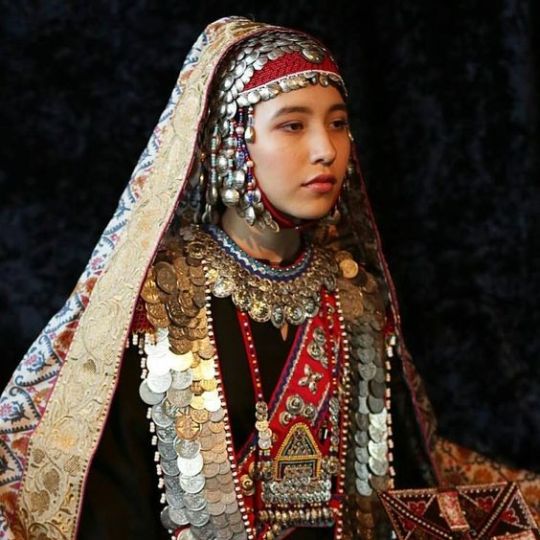
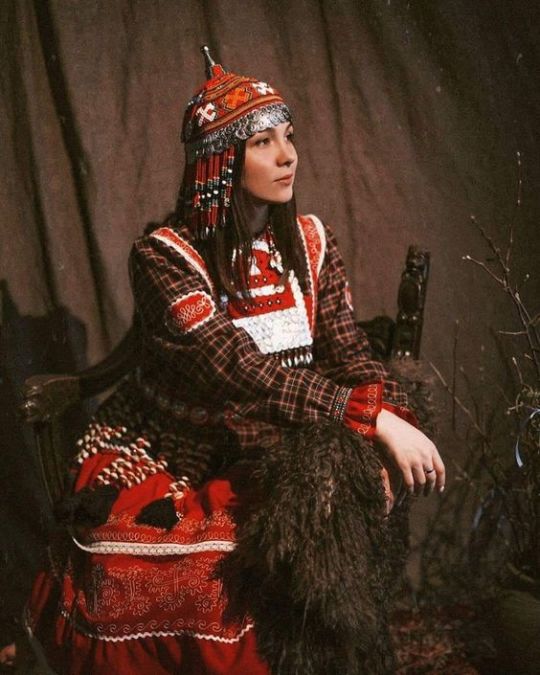
Chuvash girls
459 notes
·
View notes
Text
TURKIC TRADITIONAL CLOTHES VS OTOYOMEGATARİ
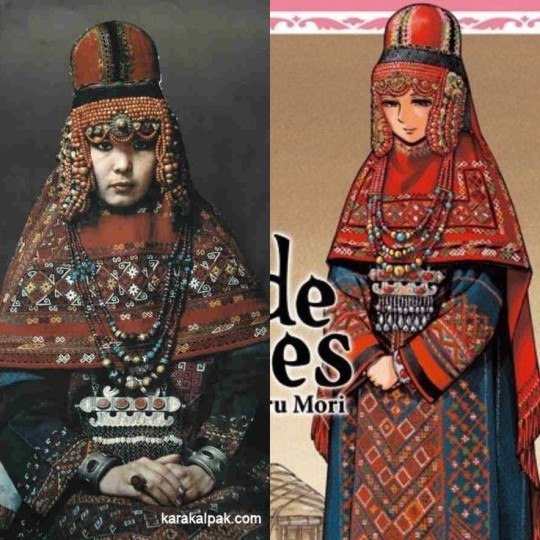
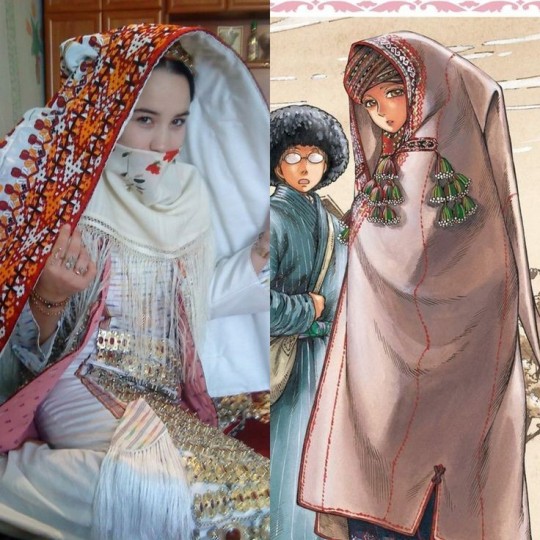
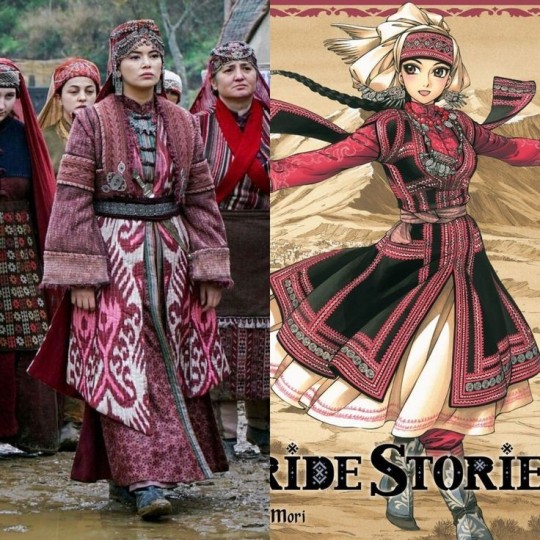

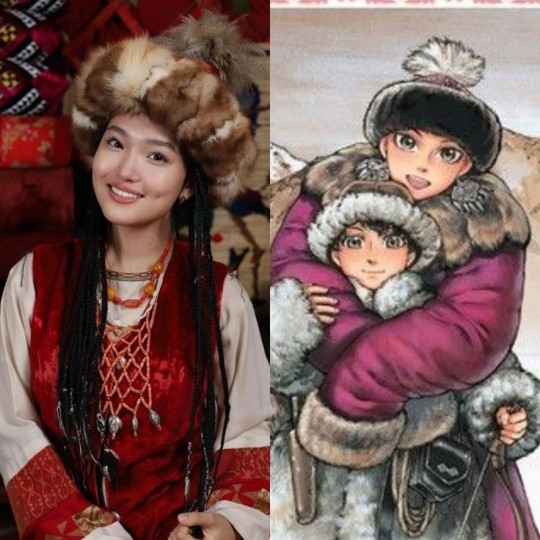
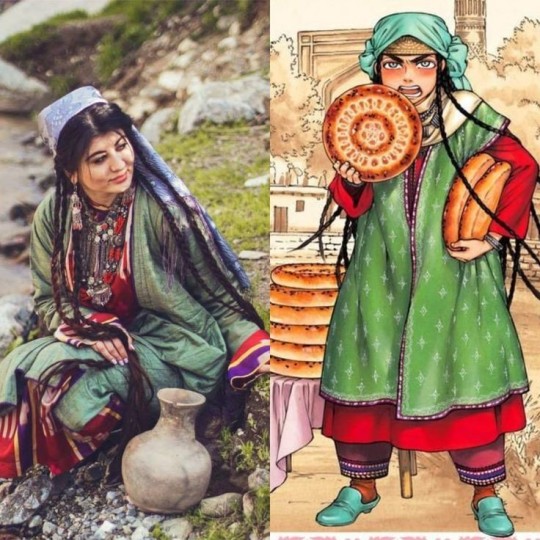
#turkic#turkish#traditional#turkiye#nomad#türk#türkiye#culture#art#artwork#anime and manga#manga#otoyomegatari#uzbek#uzbekistan#turkmen#turkmenistan#karakalpak#kazakh#kazakh culture#kazakhstan#kyrgyzstan#kyrgyz#asian#central asia#west asia
265 notes
·
View notes
Text
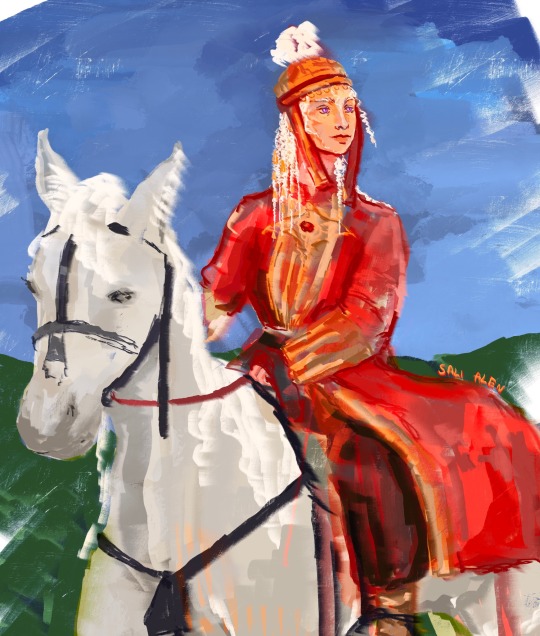
" I know she is proud. How not? what else was left her but pride? i know she is strong. How not? the Dothraki despise weakness. if Daenerys had been weak, she would have perished with Viserys."
— Tyrion vi, a Dance with Dragons
.
This piece was quick and so pleasing to draw because I have draw her in traditional Kazakh dress)I think Dothraki need more colours in dressings and better braids🐲
#asoiaf#daenerys targaryen#a song of ice and fire#house targaryen#fanart#game of thrones#got#turkic#kazakh culture#fantasy#art#illustration#daenerys stormborn#dothraki#house of the dragon
547 notes
·
View notes
Text

Happy to share a painting I made a few years ago!
This is a female warrior from the medieval Volga Bulgar era; Steppe warriors from the east who settled in Central Europe.
Hope you like it!
Best,
JCH
#dungeons and dragons#board games#concept art#fantasy art#tabletop games#magic the gathering#character design#digital painting#ancient history#armor#turkic#viking#cuman#warrior#knight
188 notes
·
View notes
Text


Teslim ol, O’na güven. 🙏🏻
#photography#film photography#35mm#analog#polaroid#cameras#turkic#i̇stanbul#mosquée#cami#çamlıca camii#islam#islam art#islamicart#Allah#god
294 notes
·
View notes
Photo
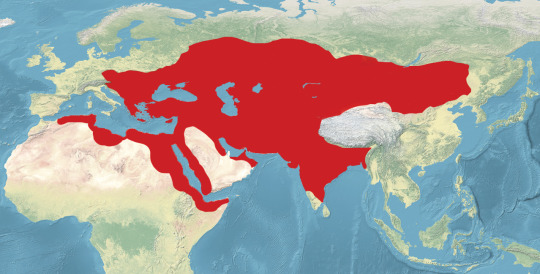
Map of All Lands Once Ruled By Turkic Empires.
198 notes
·
View notes
Text
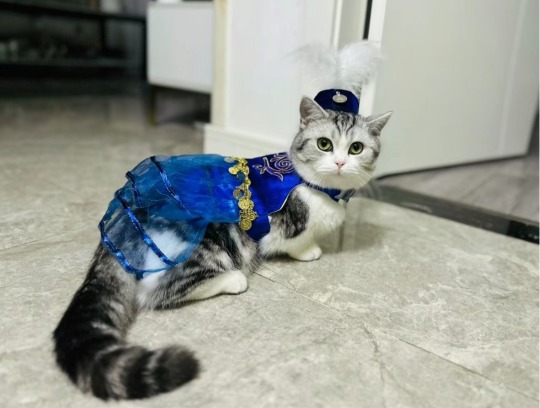

Cats in Traditional Kyrgyz Folk Clothing
#central asia#Orta Asya#Türk#Turkic#Kyrgyz#Kyrgyzstan#Xinjiang#China#xiaohongshu#Xhs#小红书#folk dress#Traditional clothing#Cute#Cats#Kedi#Animals#中国#fashion
112 notes
·
View notes
Text

remember my amazigh queer flag? yeah well i borrowed that idea from myself and made a turkic (kazakh, uzbek kyrgyz etc) variant for myself cause i dont rly ever see much turkic queer or lgbt stuff. gotta look out for myself .. or something
#burger labs.txt#burger labs.png#turkic#queer#lgbt flags#flags#my flags#IM SCARED TO SHARE THIS IM TREMBLING
49 notes
·
View notes
Text

Traditional Turkic Outfits
#persona 3#p3#persona#aigis#aigis persona 3#makoto yuki#minato arisato#persona 3 reload#turkic#traditional dress
65 notes
·
View notes
Text
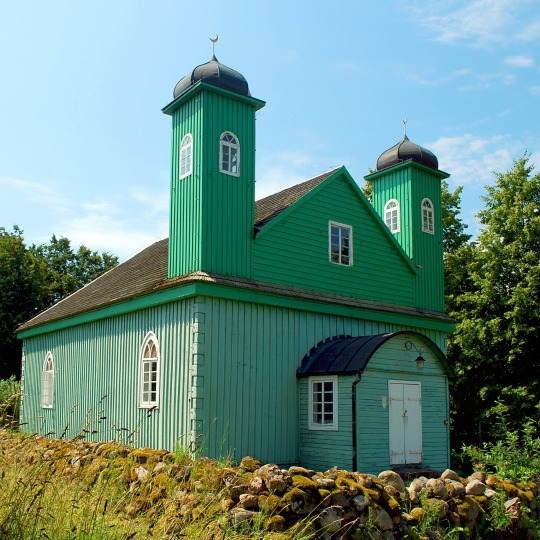
Kruszyniany Mosque, Kruszyniany, Poland.
Formerly a primarily Lipka Tatar village, Kruszyniany’s mosque is first mentioned in historical records from 1717.
263 notes
·
View notes
Text

This artifact, an ancient Roman brick with Jewish symbols (probably a burial plaque), was found in one of the graves at a necropolis from the 8th-9th century, at Čibska šuma archaeological site near Čelarevo in northern Serbia. At the site, alongside Turkic and Slavic graves, some bricks were also found with engraved inscriptions translated as Jehuda or Yahweh and Israel. According to archaeologists, they belongs to a nomadic tribe of unknown origin, that practiced Judaism. These people came from the east, most likely from the Pontic steppes and Central Asia along with Avars and settled in vast plains of the Pannonian basin in present-day northern Serbia and eastern Hungary.
#jewish#serbia#hungary#archeology#turkic#central asia#hm would like to know more about this#is there some link to the Khazars?
208 notes
·
View notes
Text

Tӧӧlӧs Turkic girl from Altai, Russia
463 notes
·
View notes
Text
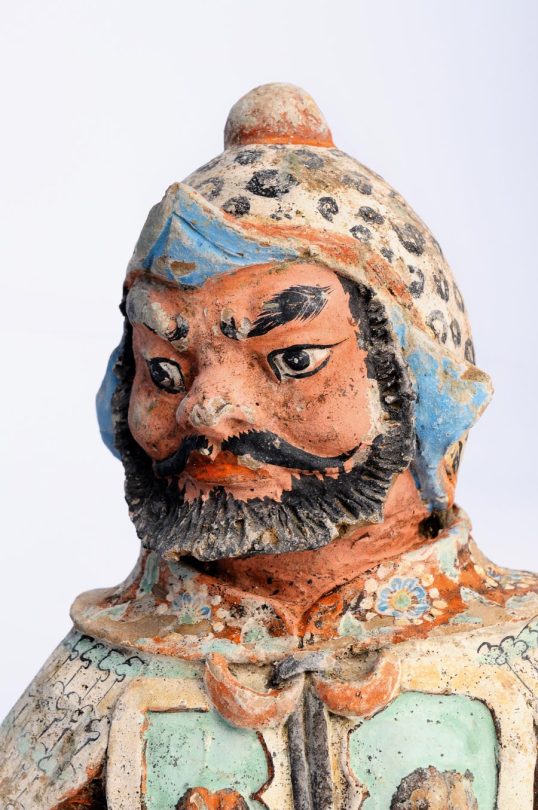
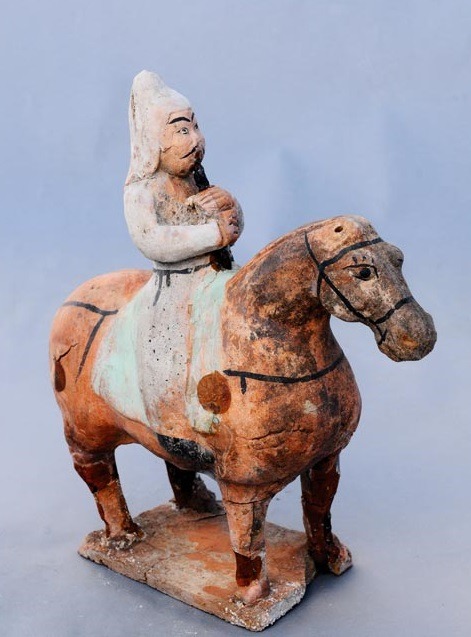

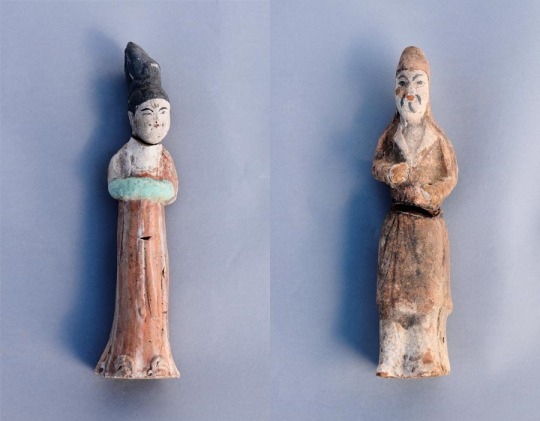


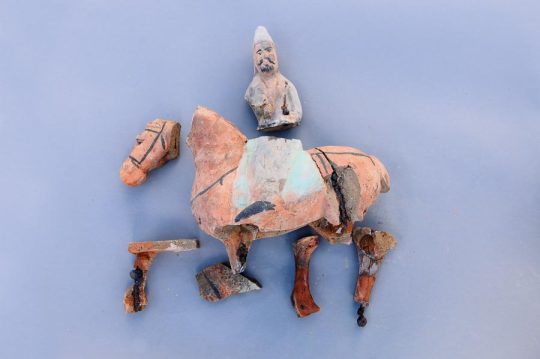
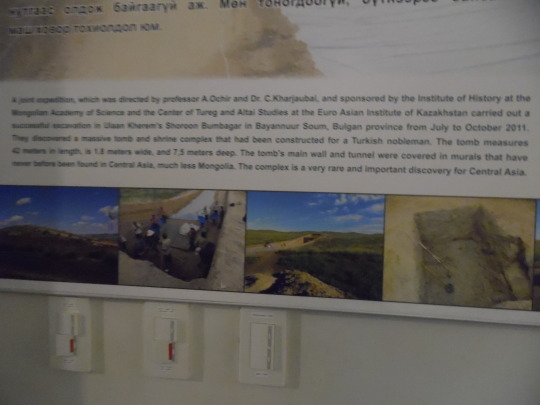




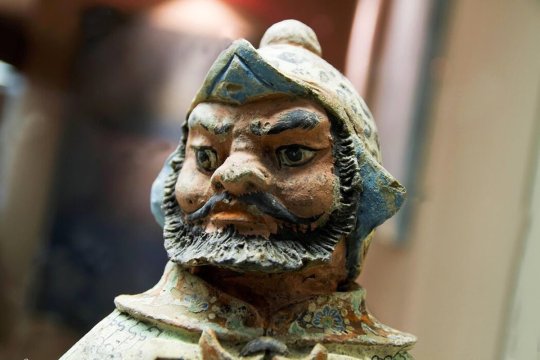
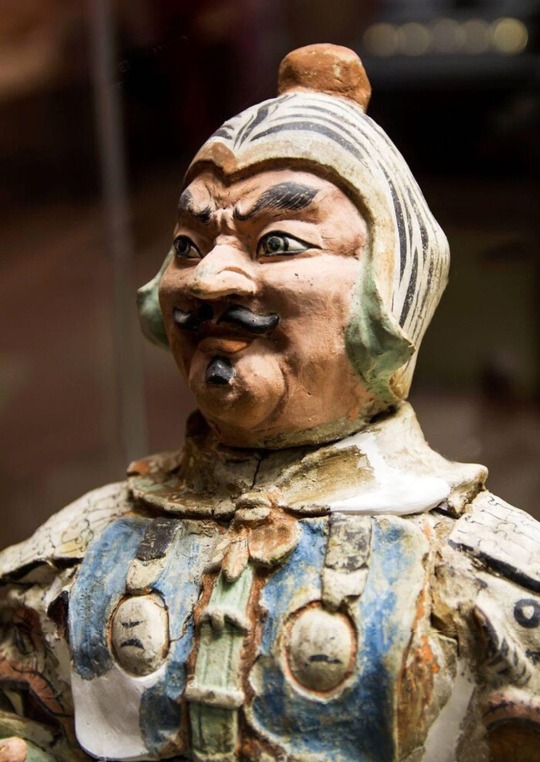
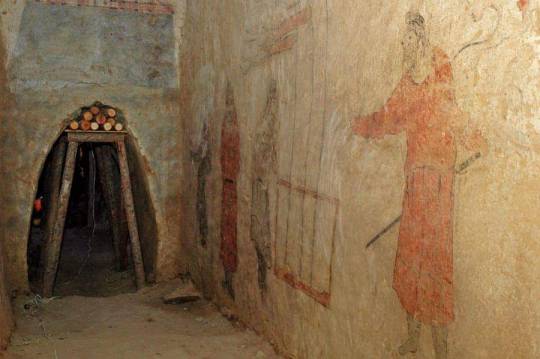

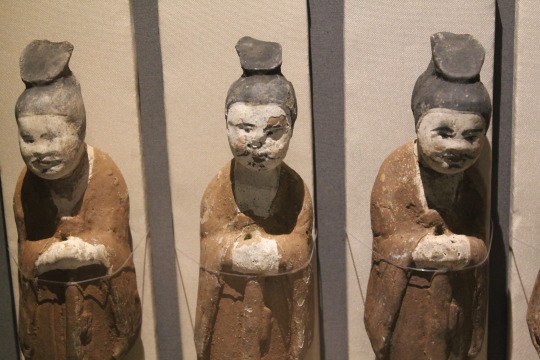

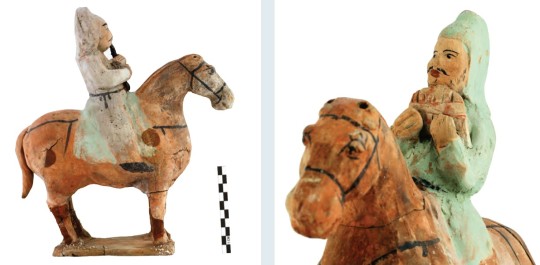

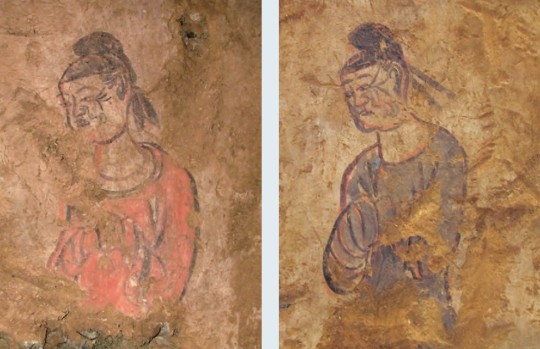


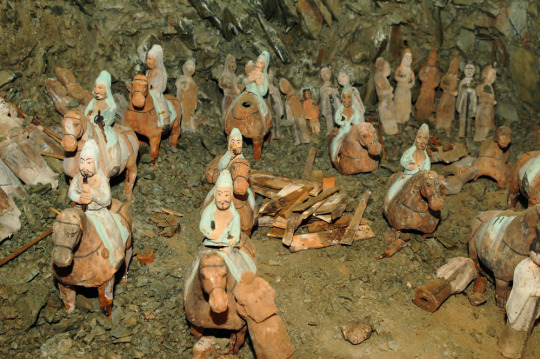





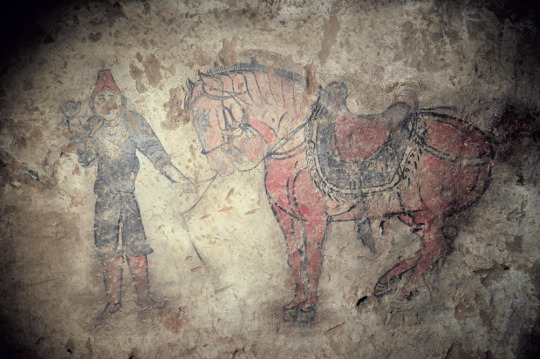
Shoroon Bumbagar, tomb of a Turkic (Gokturk) nobleman, 650-700 CE
"Like Chinese historians, Muslim writers in general depict the ‘Turks’ as possessing East Asian physiognomy. For instance, Sharaf al-Zamān Tāhir Marvazī describes them as being ‘short, with small eyes, nostrils, and mouths’ (1942: 53–4, 156). Similarly, Tabarī (d. 923) depicts the ‘Turks’ as being ‘full-faced with small eyes’ (1987: 21). In his Qābūs-nāma, the eleventh-century Ziyarid ruler Kai Kā'ūs also describes the ‘Turks’ as possessing ‘a large head (sar-i buzurg), a broad face (rūy-i pahn), narrow eyes (chashmhā-i tang), and a flat nose (bīnī-i pakhch), and unpleasing lips and teeth (lab va dandān na nīkū)’ (Kai Kā'ūs ibn Iskandar 1951a: 103; 1951b: 64). The Arab historian and geographer al-Mas'ūdī (896–956) writes that the Oghuz Turks residing in Yengi-kent, a town near the mouth of the Syr Darya, ‘are distinguished from other Turks by their valour, their slanted eyes, and the smallness of their stature’ (wa hum ashadd al-Turk ba’san wa aqsaruhum wa asgharuhum a‘yunan wa fī al-Turk man huwa aqsar min hā’ulā’) (al-Mas'ūdī 1962–: Vol. 1, 212). However, Muslim writers later differentiated the Oghuz Turks from other Turks in terms of physiognomy. Rashīd al-Dīn writes that ‘because of the climate their features gradually changed into those of Tajiks. Since they were not Tajiks, the Tajik peoples called them turkmān, i.e. Turk-like (Turk-mānand)’ (Rashīd al-Dīn Fażlallāh Hamadānī 1988: Vol. 1, 35–6; Rashiduddin Fazlullah 1998–99: Vol. 1, 31). Hāfiz Tanīsh Mīr Muhammad Bukhārī (d. c. 1549) also relates that after the Oghuz came to Transoxiana and Iran, their ‘Turkic face did not re-main as it was’ (1983: fol. 17a (text), Vol. 1, 61 (trans.)). Abū al-Ghāzī Bahadur Khan similarly writes that ‘their chin started to become narrow, their eyes started to become large, their faces started to become small, and their noses started to become big’ after five or six generations (Abu-l-Gazi 1958: 42 (text), 57 (trans.); Ebülgazî Bahadir Han 1975: 57–8). As a matter of fact, the mixed nature of the Ottomans, belonging to the Oghuz Turkic group, is noted by the Ottoman historian Mustafā Ālī (1541–1600). In his Künhü'l-ahbār, he remarks that the Ottoman elites of the sixteenth century were of mostly of non-Turkic origin: ‘Most of the inhabitants of Rum are of confused ethnic origin. Among its notables there are few whose lineage does not go back to a convert to Islam …’ (Ekser-i sükkān-i vilāyet-i Rūm meclis-i muhtelit ul-mefhūm olub ā‘yānında az kimsene bulunur ki nesebi bir müslüm-i cedīde muntehī olmaya) (Fleischer 1986: 254; Mustafā Ālī, Künhü'l-ahbār 1860–68: Vol. 1, 16)."
-Joo-Yup Lee & Shuntu Kuang, A Comparative Analysis of Chinese Historical Sources and Y-DNA Studies with Regard to the Early and Medieval Turkic Peoples
77 notes
·
View notes
Text

Tatar girl, 1924.
Source: https://pinterest.com/pin/971299844624440663/
30 notes
·
View notes
Text

Here is a painting I made a few years ago + some edits.
This is a female warrior from the medieval Volga Bulgar era; Steppe warriors from the east who settled in Central Europe.
Hope you like it!
Best,
JCH
#dungeons and dragons#board games#concept art#fantasy art#tabletop games#digital painting#magic the gathering#character design#ancient history#armor#medieval#cuman#bulgar#bulgaria#mongol#turkic
395 notes
·
View notes
Text


nasip kısmet.. 🍃
#photography#i̇stanbul#cami#çamlıca camii#mosque#hayat#üsküdar#islamic#huzur#architettura#islam architecture#film photography#35mm#analog#turkic
161 notes
·
View notes